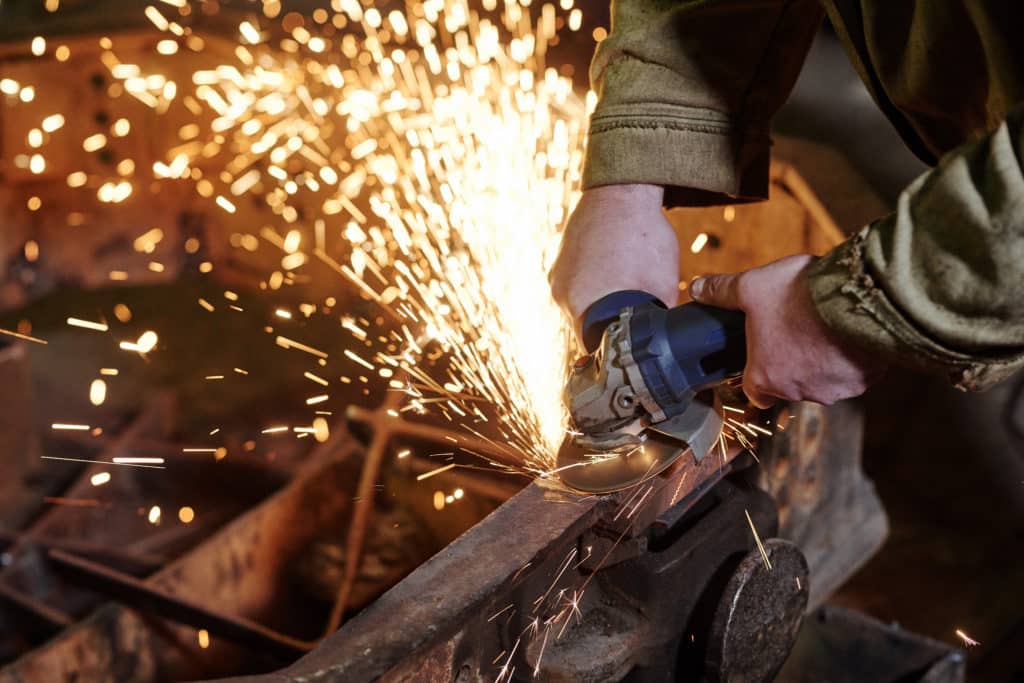Thermal Spray
Must-Haves for Thermal Spray Businesses
If you own a thermal spray business, you probably think a lot about day-to-day safety. Thermal spray businesses work with some of the most volatile substances on the planet. Whether it’s from metal powders to ceramic coatings, these substances can be very harmful to those who come in contact with them.
Because of this risk, OSHA has developed specific guidelines for spray businesses to follow and adhere to. These safety protocols cover many aspects of the process. Most businesses are aware of these protocols and follow them carefully. However, people still consider thermal spraying a dangerous business.
Thermal spraying doesn’t have to be any more dangerous than other industrial businesses. To lessen the risk of thermal spraying, it’s important to follow OSHA guidelines to keep your employees safe. Below is a list of equipment to help you comply with OSHA standards. By installing and maintaining the following equipment, your employees’ risk of exposure and your liability will decrease.
Ultraviolet Light Glass
- Install ultraviolet light glass in your spray booths and enclosures.
- Provide BS grade 6 welding goggles when necessary.
Ultraviolet light damages skin and eyes upon contact. The plasma arc of the spray tool or the radiation in some chemicals emit this light and can cause considerable damage to the operator or anyone who looks at it directly.
The glass will protect the operator’s skin and eyes from exposure to the damaging rays. If it isn’t possible to install glass, make sure that anyone around the thermal spray is wearing grade 6 goggles to protect themselves.
Air Ventilation and Dust Prevention Systems
- Maintain ventilation units for optimal performance
- Place dust keepers in areas where metal dust could accumulate
- Provide Respirator Masks in poorly ventilated areas
- Run air cleaners to keep the air clear
- Use gas meters to monitor air before removing respirators
The dust and fumes emitted during the spray process can damage an operator’s lungs. Depending on the material being used, these fumes pose a risk to the operator’s health.
Businesses must have good ventilation and units to clear the air safely. Additionally, volatile dust fragments should be collected in dust keepers.
Sound Measuring Equipment and PPE
- Measure sound levels
- Provide PPE for extreme sound levels
The compressed gas of metal spraying equipment creates noise that can damage a human eardrum. Temporary or long-term hearing loss can result if precautions aren’t taken to mitigate the noise.
Sound levels can vary in range depending on the machines being used and how they are operated. To counteract the possibility of damage, monitor the noise level in the area and provide ear protection if necessary.
Storage Equipment to Maintain and Cool
- Install Chillers for Thermal Spraying
Perhaps the most serious concern for thermal spray equipment is maintaining it for long-term use. Because the spray tip is heated, caution must be exercised to ensure that the nozzle doesn’t melt from excessive heat. Installing chillers for thermal spraying is a necessity for this reason.
Chillers provide an added level of protection not only to the thermal spray equipment but to those who operate it. Many businesses have found that installing chillers have provided them with long-term savings as their thermal spray equipment stays cooler with the use of chillers.
